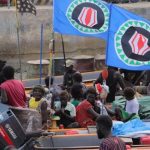Chinas nuclear ambitions trace a chilling yet captivating history hidden in plain sight. In the sweeping deserts of Xinjiang, the aftermath of China’s covert Cold War nuclear program remains scattered across forgotten towns and testing grounds.
These sites are now drawing a new breed of visitor, the dark tourist seeking a deeper understanding of power, memory, and often unsettling silence. This article explores how once-secret cities and facilities that supported China’s nuclear development are emerging as destinations for those curious enough to walk desert roads marked by the ghosts of past detonations.
Table of Contents
The Early Days of Chinas nuclear Program
China’s nuclear journey began in the 1950s under the shadow of global nuclear rivalry. Inspired by the United States and Soviet Union, Beijing pursued nuclear weapons to assert its sovereignty and deter foreign threats. This ambition was accelerated by ideological fractures with Moscow, prompting China to seek atomic independence. The result was a network of secret towns, underground bases, missile silos, and testing installations carefully concealed beneath desert sands and mountain ranges.
By 1964 China successfully detonated its first atomic device at Lop Nur. This unpublicized achievement marked China’s entry into the exclusive nuclear club. Yet much of what came after remained obscured by state secrecy. The program expanded rapidly through the 1960s and 1970s with tests above ground and underground. Lop Nur became the nerve centre of a vast military-industrial complex that also supported uranium mining and missile development.
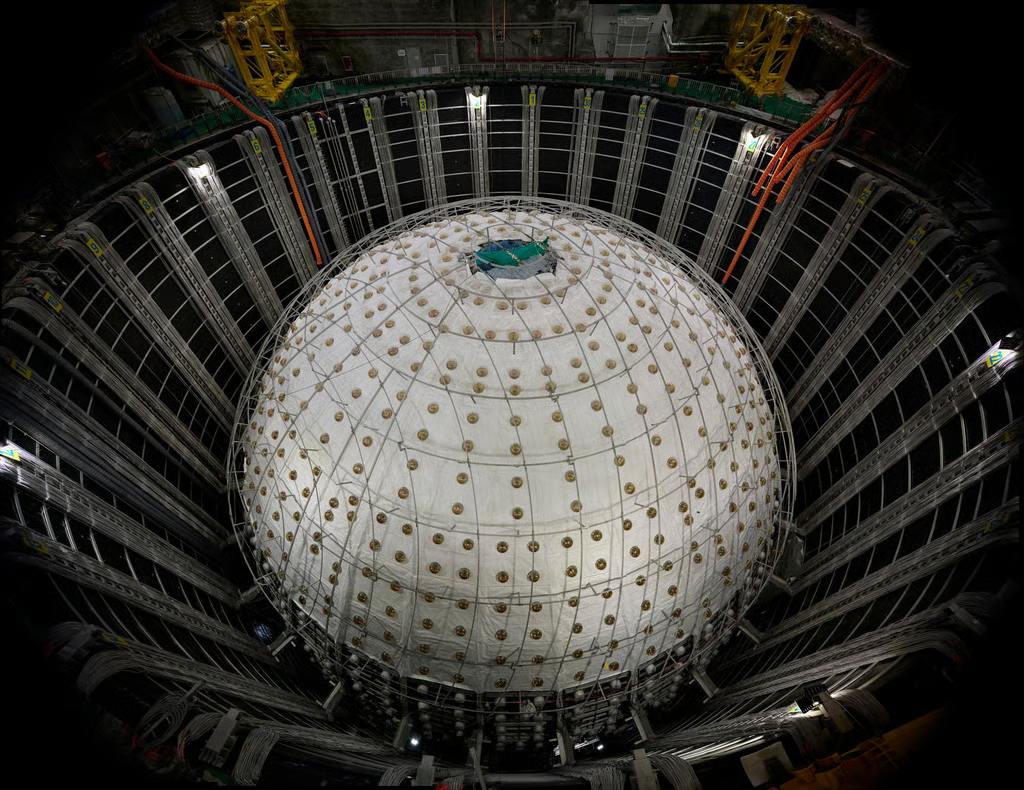
The Juno detector is in position at the Jiangmen Underground Neutrino Observatory in Jiangmen, Guangdong province. Photo: Xinhua
Closed Cities and the Desert Infrastructure of Chinas Nuclear Ghosts
In the remote reaches of Qinghai and Xinjiang, purpose-built cities sprung up overnight. Places like Malan and Delingha were constructed from scratch as operational bases for test personnel. Families lived in standardized apartments constructed in Soviet influenced style. Schools, clinics, mess halls, cinemas and green spaces were set up to make these areas livable despite the harsh desert climate.
Security was strict. Entry into these closed cities required military clearance and armed guards patrolled the perimeters around-the-clock. Visitors were rare and always under tight supervision. Today the buildings and roads remain but most have been abandoned. Concrete faded and signs in Chinese characters still hang from cracked walls injecting a sense of life endured and then abandoned.
The Evolution of Chinas nuclear Test Zones
Between 1964 and 1996 more than 45 nuclear blasts occurred at Lop Nur. These included sub kiloton tests and more powerful detonations. While the official narrative emphasises environmental care few studies have been conducted on damage to groundwater, local ecology, or public health. For example radiation leakage reports emerged in the 1990s but were downplayed or suppressed.
Today a visitor to the Lop Nur area can still see collapsed bunkers and blast craters lined with baked earth and contaminated salt deposits. The stark landscape is a visual testament to the massive forces unleashed here. Warning signs are posted in Chinese and Uyghur but they rarely carry English translations. Entry remains restricted and is only possible with official permits obtained months in advance.
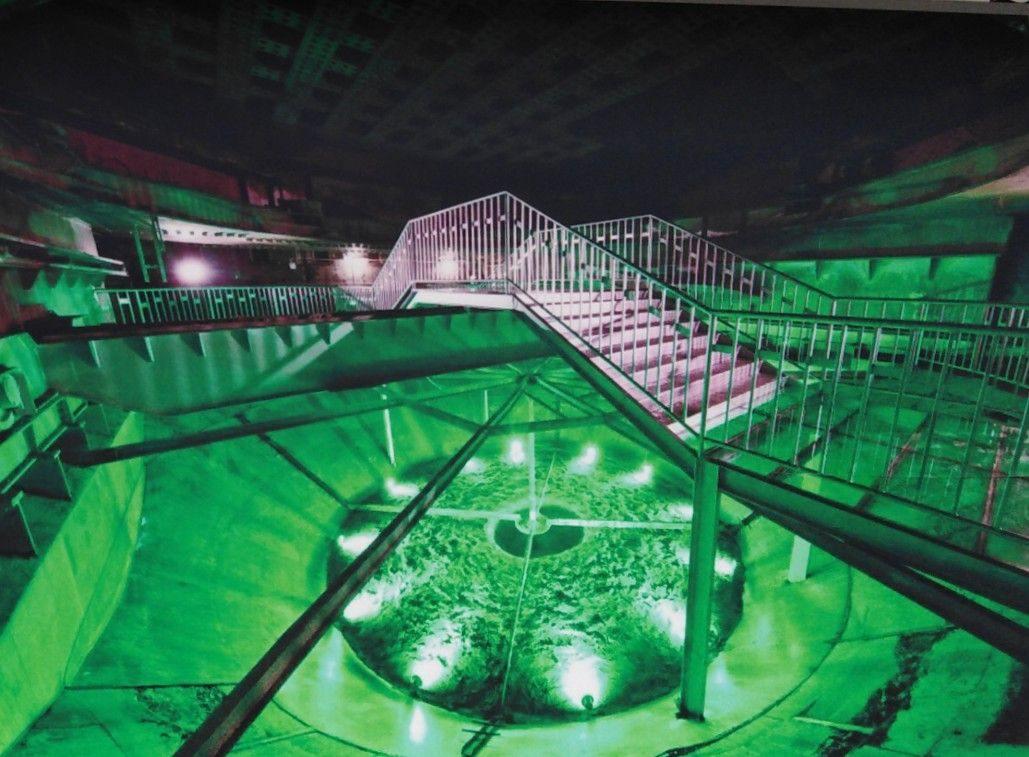
816 Underground Nuclear Plant. liamfosterlff / Atlas Obscura User
Dark Tourism and Chinas nuclear Legacy
In recent years urban explorers and dark tourism enthusiasts have developed a growing fascination with these relics of Chinas nuclear past. For a long time these sites were inaccessible. Now scholars, veterans of environmental NGOs, historians, and often seasoned travellers petition Chinese provincial authorities for permission.
Some explorers have managed to reach the outskirts of these towns and testing zones. Their photos show eerie murals reading We must forge ahead along the road to socialism in bunker corridors. Soviet style housing facades line dust swept streets. Test craters appear like moonscapes in satellite images.
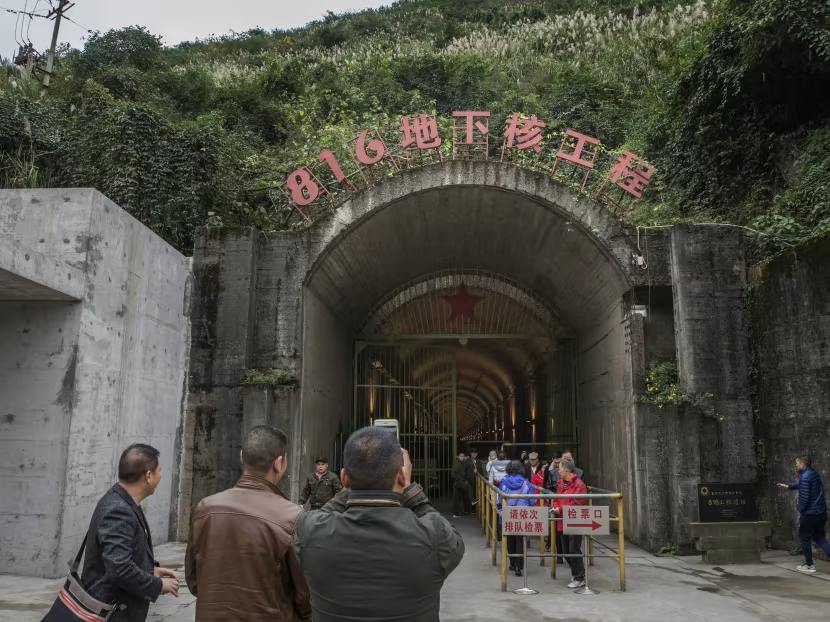
Carts at the entrance of the 816 Plant take visitors deep into the mountain
Legalities and Ethical Tensions
Visiting the remnants of China’s nuclear program is not the same as buying a tourist permit on your first day in China. Access requires negotiation with multiple government authorities. First there is the Ministry of Ecology and Environment where radiation clearance is required. Then there are provincial offices for closed cities. Finally PLA liaison offices must approve travel near any military infrastructure.
Tours are rarely publicised. Most are led by academic or governmental affiliations with connections to military or energy research. Independent travellers must engage local fixers and translators to systemically request permits. Expeditions must carry dosimeters, follow radiation safe zone protocols, and remain under escort near infrastructure. Attempting unsupervised entry is illegal and could lead to arrest.
What You See and Confront
Visitors to Chinas nuclear remnants are brought face to face with contrived disappearance. Small Soviet style cinema buildings suddenly stand empty. Half bulldozed experimental labs echo with silence. One former command bunker concealed inside a salt mine still hides monitors behind broken glass. The landscape is dust, concrete and absence.
Ghost towns like Malan offer a full photo gallery of a society organised around superpower ambitions. School gyms with bullet holes, municipal offices still locked and padded apartment walls filled with spider webs present a fusion of human ambition and its collapse.
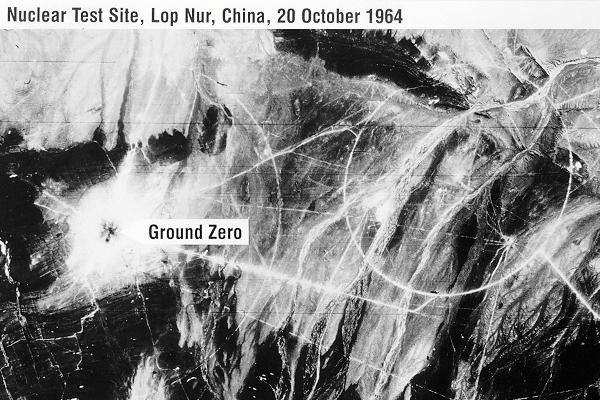

Environmental and Human Cost
Behind the silent buildings lies a cost few dare explore. Soil sampling shows contamination near old testing centres. Water tables have shifted. Villages near Lop Nur were relocated without compensation and many never returned home. Agriculture remains impossible in radiated zones.
While official environmental studies are inconclusive about long term harm to people, independent testing suggests levels high enough to raise serious health concerns. Local residents must still rely on bottled water and avoid grazing livestock near desiccated lake beds where radiation sediments remain.
Chinas nuclear Ghost Tourism Travel Notes!
Visiting desolate test site ruins is not about thrill. It is a journey into forgotten statecraft. Like visiting Chernobyl or Hiroshima third ring fallout zones this is where the machinery of modern power becomes personal. It stands between architecture and apocalypse.
With every documented abandoned city wall, every crater photographed, the broader narrative of nuclear weapons, Cold War geopolitics and human cost is preserved. China’s strategies remain politically relevant as tensions grow. The test zones are not artifacts lost but warnings for today.
And of course YPT can take you there on a bespoke Chinas Nuclear Ghost Tour.




